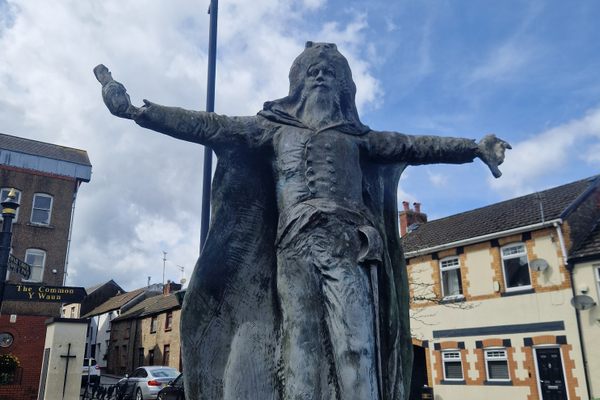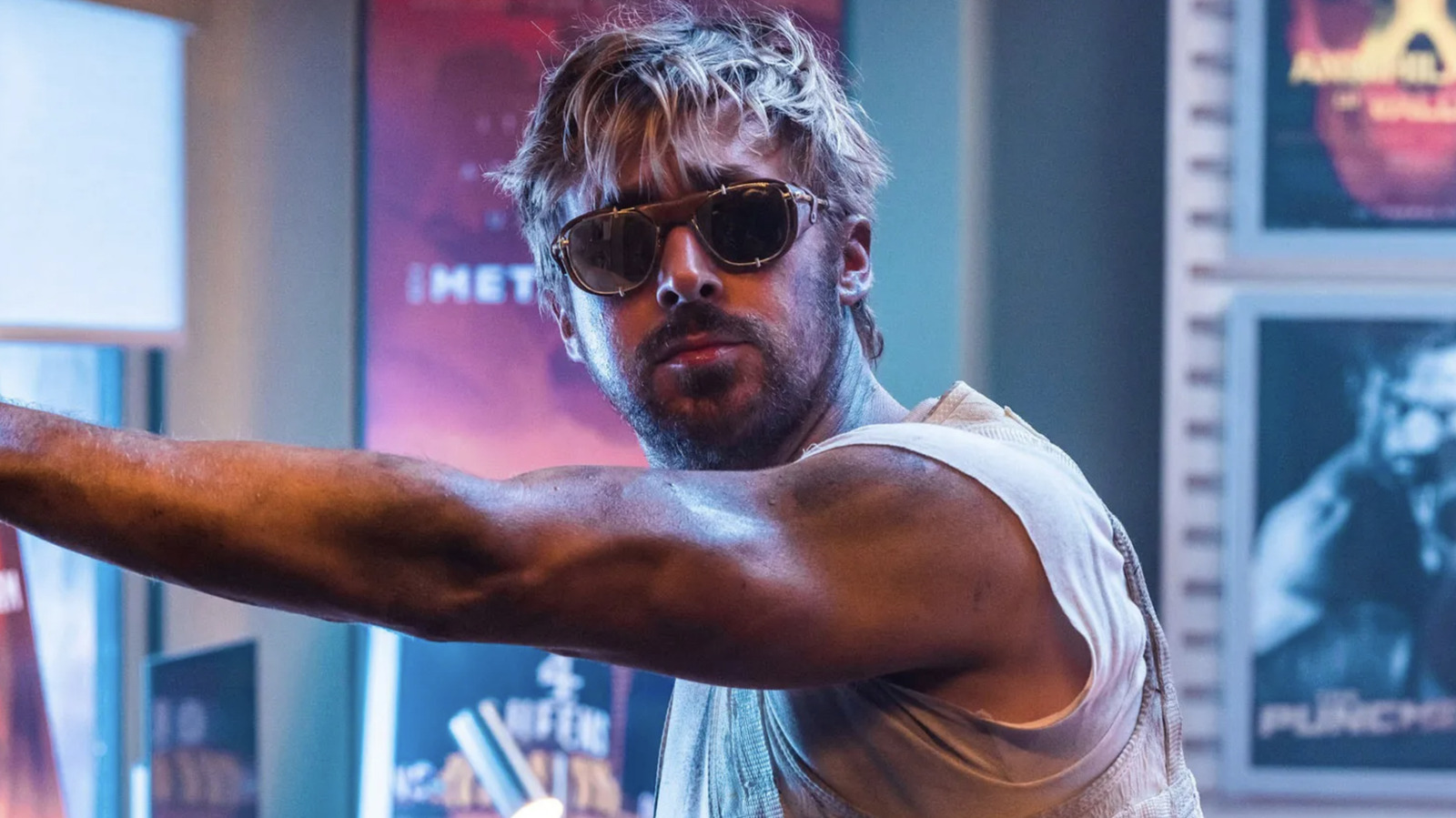Beyond The Experience: HBCUs Are Growing and Making an Impact
HBCUs see enrollment surge, offering safe, supportive environments with expanded experiential learning for African American students. The post Beyond The Experience: HBCUs Are Growing and Making an Impact appeared first on Getting Smart.

Historically Black colleges and universities (HBCUs) have recently seen an increase in enrollment, which contrasts with the overall reduction seen at other post-secondary institutions. According to new data from the National Center for Education Statistics, HBCU enrollment rose by 7 percent between 2020 and 2023, a notable increase compared to the 14 percent rise recorded from 1976 to 2021., HBCU enrollment increased by 7% between 2020 and 2023, a significant increase over the 14% increase seen from 1976 to 2021. Several HBCUs have reported an unprecedented jump in applications, with some seeing up to 30% increases between 2019 and 2021. Following the Supreme Court’s affirmative action decisions, there has been an increased interest in HBCUs. As a result, numerous HBCUs have achieved record enrollments.
Howard University, for example, saw an increase in first-year enrollment from 2,268 in 2023 to 2,796. Elizabeth City State University’s enrollment has increased because of its successful recruitment and retention efforts. Increased racial tensions, strategic institutional actions, the influence of the Supreme Court ruling, and expanded experiential learning opportunities have all contributed to this increase. This fall, Alabama A&M University welcomed almost 2,000 new students, bringing total enrollment to around 7,000, the highest in the university’s history. Alabama State University reported a 12.5% increase in new student enrollment, while Benedict College in South Carolina had an 18.4% increase, the greatest since the pandemic began.
Bethune-Cookman University in Florida had one of its biggest enrollments last fall, with 3,123 students, up 24% from the previous year. Edward Waters University also reported high enrollment, with about 1,200 students. Elizabeth City State University has had a significant increase in enrollment for the sixth consecutive year. Fayetteville State University reported a 12% increase in enrollment since 2018, totaling 7,101 students. Grambling State University in Louisiana continued to grow, with total enrollment reaching 5,150 due to a rise in freshman numbers.

Hampton University in Virginia had a rise in applications, obtaining over 17,000 for the 2024-25 academic year. Howard University also reported a surge in first-year enrollment, and North Carolina Central University had its largest first-year class in 15 years. Shaw University in North Carolina reported a 36% increase in new student enrollment, becoming its highest first-year class since the pandemic. Spelman College in Atlanta admitted 700 new students, although its much lower acceptance rate suggests increased competitiveness among applicants.
The enrollment surge at HBCUs underscores their growing appeal in the evolving social and educational landscapes. Many students view these institutions as safe and supportive environments conducive to academic success. According to data from the National Student Clearinghouse Research Center, HBCUs had about 7,000 fewer students last year compared to 2019, while higher education as a whole saw a decline of 900,000 students. HBCUs recorded enrollment growth in both fall 2021 and fall 2022, even as many students opted out of higher education. Although the Clearinghouse indicated a decline in HBCU enrollment for fall 2023, researchers noted that fewer Black institutions had submitted their data on time for the final report. Early reports from individual schools and the Clearinghouse suggest that there may have been another year of enrollment growth.
While HBCU leaders believe these factors have boosted their schools’ prominence, they attribute enrollment increases mostly to years of strategic preparation that has paid off. The institutions are capitalizing on a time of goodwill to recruit students who value being in an environment where they may feel more at ease while also pursuing a demanding education.
Over the years, HBCUs have remained devoted to assisting African American students in finding educational and professional possibilities.
According to a 2019 report, these universities provided a “safe haven” for African American students during periods of heightened racial tensions at other colleges. HBCUs continue to play a vital role in providing African American students with access to STEM degrees as well as the confidence to pursue higher education. “HBCUs make up only 3 percent of America’s colleges and universities, but they produce nearly 20% of all African American graduates and 25% of African American graduates in the STEM fields of science, technology, engineering, and math,” writes Dr. Michael Lomax, president, and CEO of the United Nations Children’s Fund (UNCF) in a 2015 article. “These are the key industries of the future, so it’s important that African Americans do well in these fields.” HBCUs are pioneering experiential learning to train the next generation of business, science, and medical professionals. I am impressed with the three HBCUs in South Carolina that are setting the standard!
Voorhees University
Elizabeth Evelyn Wright, a trailblazer of black higher education, founded Voorhees University in 1897 with the ambitious goal of educating Black children to their fullest potential. Inspired by the educational philosophy of Booker T. Washington, Wright believed in the transformative power of education for African Americans. After completing her studies at Tuskegee, she returned to South Carolina and started teaching at the Macedonia School in Denmark, South Carolina.
Voorhees University’s strategic plan aims to increase experiential learning opportunities for students and faculty. Voorhees College provided vocational training and academic education to African American students, focusing on agriculture, carpentry, home economics, and other practical skills. Wright believed that education should not only prepare students for employment but also instill character, discipline, and moral values.
At Voorhees University, Service Learning involves students in community service activities combined with facilitated means for applying the experience to their academic and personal development. It is a form of experiential education that enhances and enriches student learning in course material. Compared to other forms of experiential learning like internships and cooperative education, it is similar in that it is student-centered, hands-on, and directly applicable to the curriculum.
Benedict College
“At Benedict College, we supplement classroom learning with enriching experiential learning opportunities,” Dean of Burroughs School of Business and Entrepreneurship Tracy H. Dunn said.
“It is exciting to see a new generation of employees build a meaningful career with our company as our internship program continues to play an important role in our diverse recruitment,” Lisa Hicks, Director of Workforce Diversity Development, said. “Our long-term partnerships with schools like Benedict College are key to helping students make real-world connections as they transition to full-time employees.”
Claflin University
At Claflin University, there is a belief that the knowledge you get from a classroom is terrific. However, the understanding you gain from applying that knowledge in a real-world setting may be the most valuable learning. Learning by doing helps stimulate thought and inspire action and is essential to the Claflin imperative of preparing students for leadership and service in a multicultural, global, and technological society.
Opportunities for experiential learning abound at Claflin. Various schools and departments integrate Many community-based learning elements into the curriculum. Some co-curricular programs and opportunities allow you to develop essential skills through practice and reflection.
Experiential Learning Opportunities Internships
At Claflin, the leadership believes an internship is an excellent way to “try out” an organization that a student has targeted as a possible future employer. Moreover, there is a firm belief that internships expose students to their chosen field, its challenges, and its nuances in ways a textbook cannot.
As HBCU enrollment continues to increase, more investment in experiential learning programs and co-op opportunities for African American students can ensure equity and access to the future workforce. In my book, The Booker T. Blueprint: Experiential Learning in the Jim Crow South, I provide more information about the history, tradition, and implementation of experiential learning at HBCUs in the Jim Crow South and the leadership and vision of Booker T. Washington on industrial education.
The post Beyond The Experience: HBCUs Are Growing and Making an Impact appeared first on Getting Smart.
What's Your Reaction?













































































